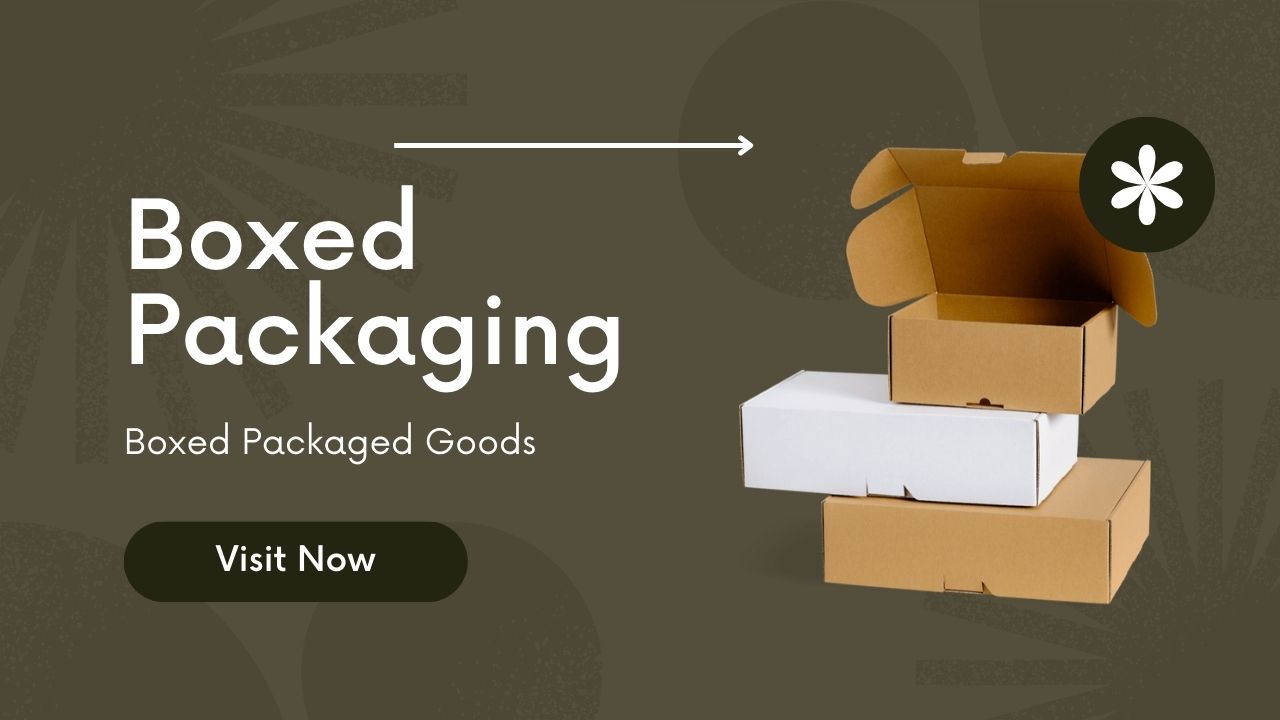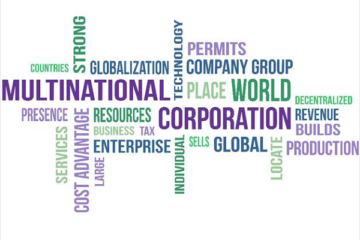Boxed packaging is a popular way to package goods for retail sales. This type of packaging involves placing the product in a cardboard box or carton that is then sealed for shipping and storage. Boxed packaged goods are commonly used for a variety of products, including food, cosmetics, electronics, and more. In this article, we will discuss the advantages of boxed packaging and the different types available.
What is Boxed Packaging?
Boxed packaging is a type of packaging that involves placing the product in a cardboard box or carton. The box is usually made of corrugated cardboard, which is a strong and durable material that can protect the product during shipping and storage. Boxed packaging can be customized to fit the specific size and shape of the product, which helps to minimize waste and reduce shipping costs.
Advantages of Boxed Packaged Goods
- Protection: One of the main advantages of boxed packaging is that it provides protection for the product. The cardboard box can help to prevent the product from being damaged during shipping and storage. This is particularly important for fragile or delicate items, such as electronics or glassware.
- Branding: Boxed packaging can be customized with the company’s branding, such as logos, slogans, and colors. This can help to create a strong brand identity and increase brand recognition among consumers.
- Convenience: Boxed packaging is often designed for easy storage and transport. The boxes can be stacked on top of each other, which makes them ideal for storing in warehouses or retail stores. They are also easy to transport, as they can be loaded onto trucks or shipped in containers.
- Sustainability: Cardboard is a recyclable material, which makes boxed packaging a more sustainable option than other types of packaging, such as plastic. Additionally, boxed packaging can be designed to minimize waste and reduce the environmental impact of shipping.
Types of Boxed Packaging
- Folding Cartons: Folding cartons are a type of boxed packaging that are made from a single piece of cardboard that is folded and sealed to create a box. These boxes are often used for food, cosmetics, and pharmaceuticals.
- Rigid Boxes: Rigid boxes are a type of boxed packaging that are made from thick cardboard or chipboard. These boxes are often used for luxury items, such as jewelry or high-end cosmetics.
- Corrugated Boxes: Corrugated boxes are a type of boxed packaging that are made from three layers of cardboard, including an outer layer, an inner layer, and a corrugated layer in between. These boxes are often used for shipping and storing larger items, such as appliances or furniture.
Factors to Consider When Choosing Boxed Packaging
- Product Size and Shape: When choosing boxed packaging, it is important to consider the size and shape of the product. The box should be designed to fit the product snugly, without leaving too much extra space that could cause the product to move around during shipping.
- Durability: The durability of the boxed packaging is also important to consider. The box should be able to withstand the rigors of shipping and storage, without being damaged or crushed.
- Branding: Boxed packaging can be customized with the company’s branding, so it is important to consider how the packaging box will look on store shelves and how it will represent the company’s brand.
- Sustainability: Boxed packaging can be designed to be more sustainable by using recyclable materials and minimizing waste. It is important to consider the environmental impact of the packaging and choose a sustainable option
Boxed packaging has become increasingly popular in recent years due to its numerous advantages. Not only does it provide protection for the product, but it also offers convenience, sustainability, and the opportunity for branding. In addition, there are different types of boxed packaging available, each with its own unique features.
Folding cartons are a popular type of boxed packaging that is used for a variety of products, including food, cosmetics, and pharmaceuticals. They are made from a single piece of cardboard that is folded and sealed to create a box. Folding cartons are customizable and can be printed with the company’s branding, making them an excellent option for companies looking to promote their brand.
Rigid boxes are another type of boxed packaging that is used for luxury items, such as jewelry and high-end cosmetics. They are made from thick cardboard or chipboard and are designed to provide extra protection for the product. Rigid boxes are often customized with the company’s branding and can be designed to have a high-end look and feel.
Corrugated boxes are a type of boxed packaging that are commonly used for shipping and storing larger items, such as appliances or furniture. They are made from three layers of cardboard, including an outer layer, an inner layer, and a corrugated layer in between. Corrugated boxes are extremely durable and can withstand the rigors of shipping and storage. They can also be customized with the company’s branding and are available in a variety of sizes and shapes.
When choosing boxed packaging, it is important to consider several factors. Product size and shape should be taken into account to ensure the box fits the product snugly and prevents movement during shipping. Durability is also crucial to ensure the box can withstand the shipping process without being damaged or crushed. Additionally, branding should be considered to promote the company’s image and sustainability should be taken into account to minimize waste and reduce environmental impact.
Conclusion
In conclusion, boxed packaging is a versatile and practical option for companies looking to package their products. With its many advantages, such as protection, convenience, sustainability, and branding opportunities, boxed packaging has become increasingly popular in recent years. There are several types of boxed packaging available, each with unique features and benefits. When choosing boxed packaging, companies should consider product size and shape, durability, branding, and sustainability to ensure they choose the best option for their products and their brand.



